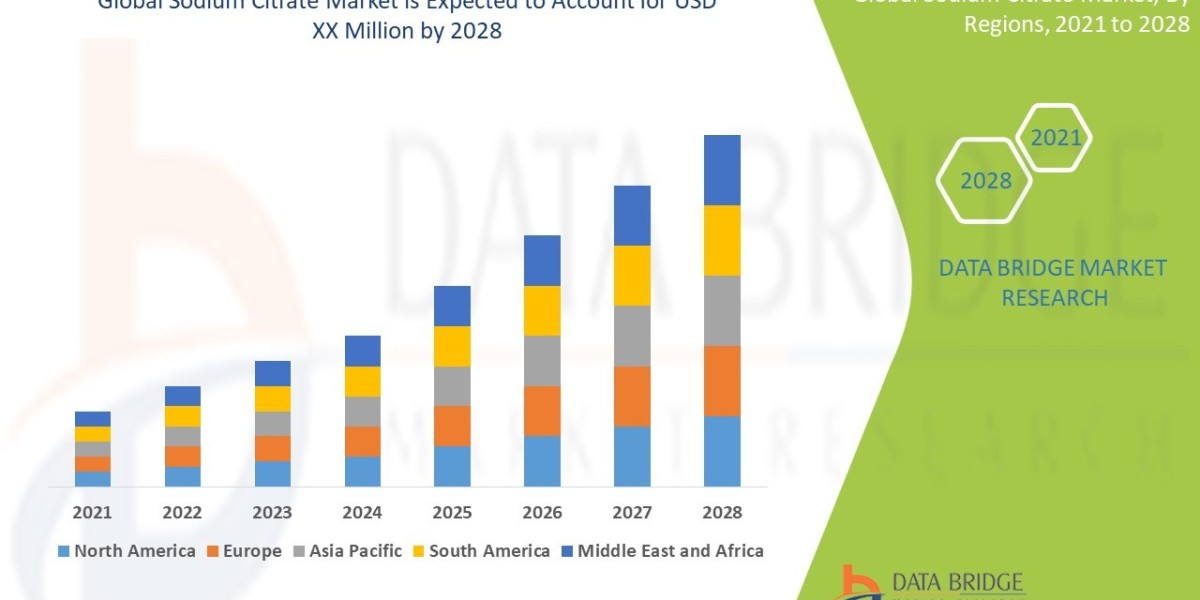In today’s fast-moving business environment, data has become more than a resource—it’s the foundation for survival and growth. Rapid digital transformation, distributed workforces, and unpredictable market challenges are reshaping how companies compete. Success no longer depends solely on experience or intuition. Instead, organizations need timely, reliable insights powered by artificial intelligence (AI) to guide strategy and execution.
Agile data practices enable leaders to move from static reporting to dynamic, real-time analysis. With the right systems in place, companies can strengthen Team Learning, align decisions with long-term strategy, and ultimately drive stronger business outcomes. The ability to adapt quickly to changes in customer behavior, supply chain dynamics, and competitive threats is what separates industry leaders from followers.
What Is Agile Data?
Agile data is not just about speed. It combines flexibility, responsiveness, and scalability in data management and analytics. Instead of working with rigid, outdated reports, agile organizations can quickly integrate new data sources, experiment with predictive models, and adjust strategies in real time.
This approach mirrors the principles of agile software development—continuous improvement, collaboration, and rapid iteration—but applied to business intelligence. Agile data empowers decision-makers to act on insights faster, enabling organizations to capitalize on opportunities before competitors even recognize them.
The Strategic Advantage of Real-Time Data
Faster Decisions, Stronger Results
Traditional analytics often lags behind reality. By the time a report reaches leadership, market conditions may already have shifted. Agile data systems provide real-time dashboards and alerts that empower companies to respond immediately to customer needs or operational risks.
This speed translates into measurable advantages. For example, a retail brand can adjust pricing on-demand based on competitor moves, or a manufacturer can predict equipment failures before downtime occurs. Each action contributes directly to improved business outcomes, reducing waste and maximizing opportunities.
Predictive Power for Tomorrow’s Challenges
Agile data is not limited to describing the past. Predictive analytics uses AI and machine learning to forecast future trends, customer preferences, and operational risks. Organizations that adopt these tools are better positioned to anticipate disruptions, manage resources effectively, and gain market share.
Through continuous Team Learning, predictive models also improve over time, creating compounding benefits that competitors struggle to match.
Visualization That Drives Understanding
From Complexity to Clarity
Data is only valuable if people can interpret it quickly. Advanced visualization tools transform complex datasets into intuitive charts, dashboards, and interactive reports. This makes it easier for leadership teams, employees, and even external partners to act on insights without needing deep technical expertise.
Clear visualization also supports cross-department collaboration, ensuring that marketing, finance, and operations all work toward aligned business outcomes.
Empowering Remote and Hybrid Teams
With remote work now standard in many industries, data visualization platforms also play a critical role in keeping distributed teams aligned. Agile data solutions enable shared dashboards and real-time collaboration, strengthening Team Learning across global organizations.
Investment, Security, and Scalability
Balancing Cost and Value
One common concern with advanced analytics platforms is cost. However, agile data systems deliver strong returns by accelerating growth and reducing inefficiencies. Organizations that treat data as a strategic asset rather than an expense consistently achieve better business outcomes.
While pricing models vary, many platforms allow businesses to scale usage as they grow. This makes agile data accessible to organizations of all sizes, from startups to multinational enterprises.
Safeguarding Data Integrity
Security remains a top priority. Agile data solutions integrate advanced encryption, identity management, and compliance controls to protect sensitive information. By maintaining trust and transparency, businesses ensure that insights are not only fast but also reliable.
This commitment to security fosters confidence in shared decision-making, reinforcing Team Learning and collaboration across departments.
Competitive Differentiation Through Agile Data
Outpacing Competitors with Speed and Insight
Markets move too quickly for static strategies. Companies that rely solely on quarterly reports or outdated metrics risk missing critical opportunities. Agile data practices allow organizations to pivot immediately, test new approaches, and refine them based on live results.
This cycle of rapid learning directly fuels stronger business outcomes. Whether adjusting a supply chain, optimizing digital campaigns, or launching a new product, agile organizations act while others hesitate.
The Role of Culture in Agility
Technology alone does not guarantee success. A culture of curiosity, collaboration, and continuous improvement is equally important. By embedding Team Learning into daily operations, businesses ensure that insights are shared, understood, and applied across the enterprise.
When combined with agile data tools, this cultural commitment creates a resilient, adaptive organization capable of thriving in uncertain markets.
Conclusion
Agile data is more than a technological upgrade—it is a business imperative. In an era defined by rapid change and intense competition, companies that embrace real-time insights, predictive analytics, and intuitive visualization will consistently outperform those stuck in the past.
By aligning strategy with agility, organizations strengthen Team Learning, enhance collaboration, and drive measurable business outcomes. The leaders of tomorrow will not simply collect data—they will transform it into an engine of innovation and growth. To stay ahead, businesses must invest now in the tools and culture that make agility possible.
Only with AgilityInsights can organizations truly unlock the power of agile data to outpace competitors.
FAQs
1. What is agile data?
Agile data is a flexible, real-time approach to managing and analyzing information, allowing businesses to adapt quickly to changes and make smarter decisions.
2. How does agile data improve business outcomes?
It accelerates decision-making, reduces inefficiencies, and provides predictive insights that help organizations act before competitors.
3. Why is visualization important in agile data?
Visualization simplifies complex datasets, enabling leaders and teams to understand trends and make informed decisions quickly.
4. Is agile data only for large companies?
No. Scalable pricing models and cloud-based platforms make agile data solutions accessible to businesses of all sizes.
5. How does agile data support Team Learning?
By providing shared insights and real-time dashboards, agile data fosters collaboration and continuous learning across teams.








